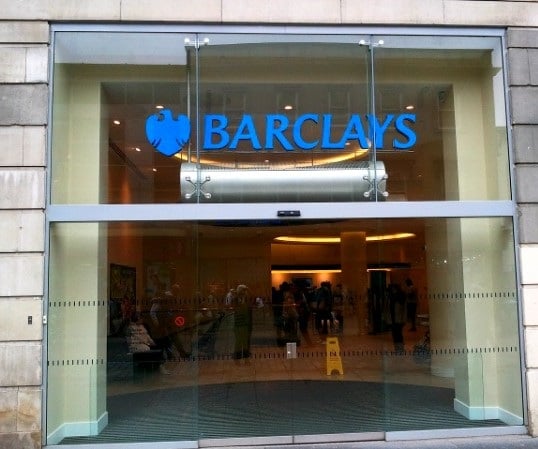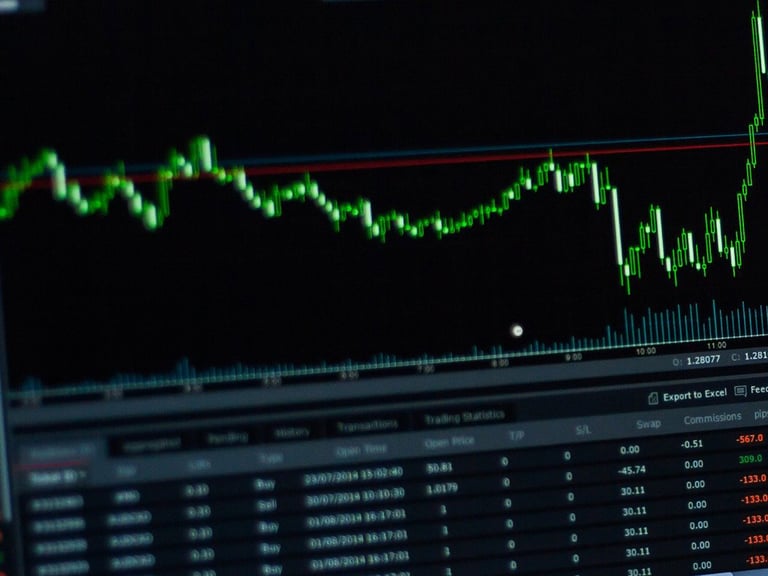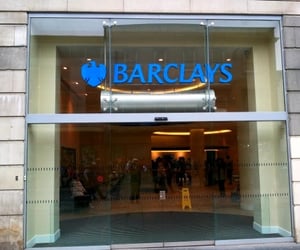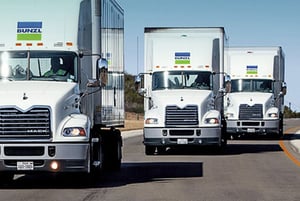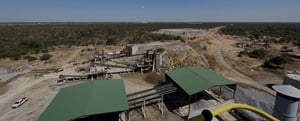Barclays PLC (LON:BARC) has announced its Q1 2025 Results Announcement.
Performance Highlights
In Q125 Barclays delivered a return on tangible equity (RoTE) of 14.0%, and is on track to deliver 2025 guidance and 2026 targets
C. S. Venkatakrishnan, Barclays Group Chief Executive, commented
“I am very pleased with our performance in Q125, which represents another strong quarter of execution. Compared to Q124, we grew our top line income by 11%, our profit before tax by 19%, our earnings per share (EPS) by 26%, and delivered a Group RoTE of 14.0%. We also ended the quarter with a Common Equity Tier 1 (CET1) ratio of 13.9% and a liquidity coverage ratio (LCR) of 175%.
Our high quality, diversified businesses, together with proactive risk, capital and liquidity management and a robust balance sheet, position us well to support our customers and clients and deliver strong risk-adjusted returns in a wide range of macroeconomic scenarios. We remain committed to and confident in delivering our previously announced financial and distribution targets for 2025 and 2026.”
• Q125 Group statutory RoTE of 14.0% with EPS improving to 13.0p (Q124: 10.3p)
• Guidance for 2025 Group NII excluding Barclays Investment Bank and Head Office increased from c.£12.2bn to greater than £12.5bn. Within this, Barclays UK NII guidance increased from c.£7.4bn to greater than £7.6bn
• Q125 Group cost: income ratio of 57% (FY25 guidance of c.61%)
– Delivered c.£150m of gross cost efficiency savings in Q125 (FY25 guidance of c.£0.5bn)
• Q125 loan loss rate (LLR) of 61bps, including a net £74m post model adjustment for elevated US macroeconomic uncertainty
– Trends across our portfolios do not currently show signs of deterioration
– Delinquencies remained broadly stable for US cards and UK cards:
– US cards 30 and 90 day arrears were 3.0%1 (Q124: 3.1%) and 1.6%1 (Q124: 1.7%) respectively
– UK cards 30 and 90 day arrears were 0.7%2 (Q124: 0.9%) and 0.2%2 (Q124: 0.2%) respectively
• Strong balance sheet with CET1 ratio of 13.9%, at upper end of target range of 13-14%
• Tangible net asset value (TNAV) per share of 372p (December 2024: 357p)
• Completed sale of German consumer finance business, resulting in a c.10bps CET1 ratio increase in Q125
• Announced long-term strategic partnership for Payment Acceptance business
Key financial metrics:
| Income | Profit before tax | Attributable profit | Cost: income ratio | LLR | RoTE | EPS | TNAV per share | CET1 ratio | |
| Q125 | £7.7bn | £2.7bn | £1.9bn | 57% | 61bps | 14.0% | 13.0p | 372p | 13.9% |
Q125 Performance highlights:
• Group RoTE was 14.0% (Q124: 12.3%) with profit before tax of £2.7bn (Q124: £2.3bn)
• Group income of £7.7bn was up 11% year-on-year, with Group NII excluding Barclays Investment Bank and Head Office of £3.0bn, up 13% year-on-year
– Barclays UK income increased 14%, driven by higher structural hedge income and the acquisition of Tesco Bank
– Barclays UK Corporate Bank (UKCB) income increased 12%, reflecting higher average deposit balances
– Barclays Private Bank and Wealth Management (PBWM) income increased 12%, reflecting higher client balances and transactional activity
– Barclays Investment Bank (IB) income increased 16%, including a 21% increase in FICC in Global Markets and higher Investment Banking income
– Barclays US Consumer Bank (USCB) income increased 1% reflecting card balance growth
• Group total operating expenses were £4.4bn, up 5% year-on-year
– Group operating costs increased 7% to £4.3bn, reflecting Tesco Bank costs, further investment spend and business growth, inflation and the c.£50m expense for the employee share grant announced at FY24 Results, partially offset by c.£150m of cost efficiency savings
• Credit impairment charges were £0.6bn (Q124: £0.5bn) with an LLR of 61bps (Q124: 51bps)
• CET1 ratio of 13.9% (December 2024: 13.6%), with risk weighted assets (RWAs) of £351.3bn (December 2024: £358.1bn) and TNAV per share of 372p (December 2024: 357p)
| 1 | Including a co-branded cards portfolio classified as assets held for sale. |
| 2 | Excludes Tesco Bank to aid comparability year-on-year. |
Group financial guidance and targets1:
2025 guidance
• Returns: RoTE of c.11%
• Capital returns: progressive increase in total capital returns versus 2024
• Income: Group NII excluding IB and Head Office of greater than £12.5bn, of which Barclays UK NII of greater than £7.6bn
• Costs: Group cost: income ratio of c.61%. This includes total gross efficiency savings of c.£0.5bn in 2025
• Impairment: LLR of 50-60bps through the cycle
• Capital: CET1 ratio target range of 13-14%
2026 targets
• Returns: RoTE of greater than 12%
• Capital returns: plan to return at least £10bn of capital to shareholders between 2024 and 2026, through dividends and share buybacks, with a continued preference for buybacks
– Plan to keep total dividend stable at 2023 level in absolute terms, with progressive dividend per share growth driven through share count reduction as a result of increased share buybacks
– Dividends will continue to be paid semi-annually. This multi-year plan is subject to supervisory and Board approval, anticipated financial performance and our published CET1 ratio target range of 13-14%
• Income: Group total income of c.£30bn
• Costs: Group cost: income ratio of high 50s in percentage terms, implying Group total operating expenses of c.£17bn, based on targeted Group total income of c.£30bn. Cost target includes total gross efficiency savings of c.£2bn by 2026
• Impairment: expect an LLR of 50-60bps through the cycle
• Capital: CET1 ratio target range of 13-14%
– Targeting IB RWAs of c.50% of Group RWAs in 2026
– Impact of regulatory change on RWAs in line with our prior guidance of c.£19-26bn
– c.£3-10bn RWAs from Basel 3.1, with implementation expected on 1 January 2027
– c.£16bn RWAs from USCB moving to an Internal Ratings Based (IRB) model, subject to model build and portfolio changes, implementation could be beyond 2026
– 0.1% increase in Pillar 2A from Q125 until model implementation
| 1 | Our targets and guidance are based on management’s current expectations as to the macroeconomic environment and the business and may be subject to change. |

